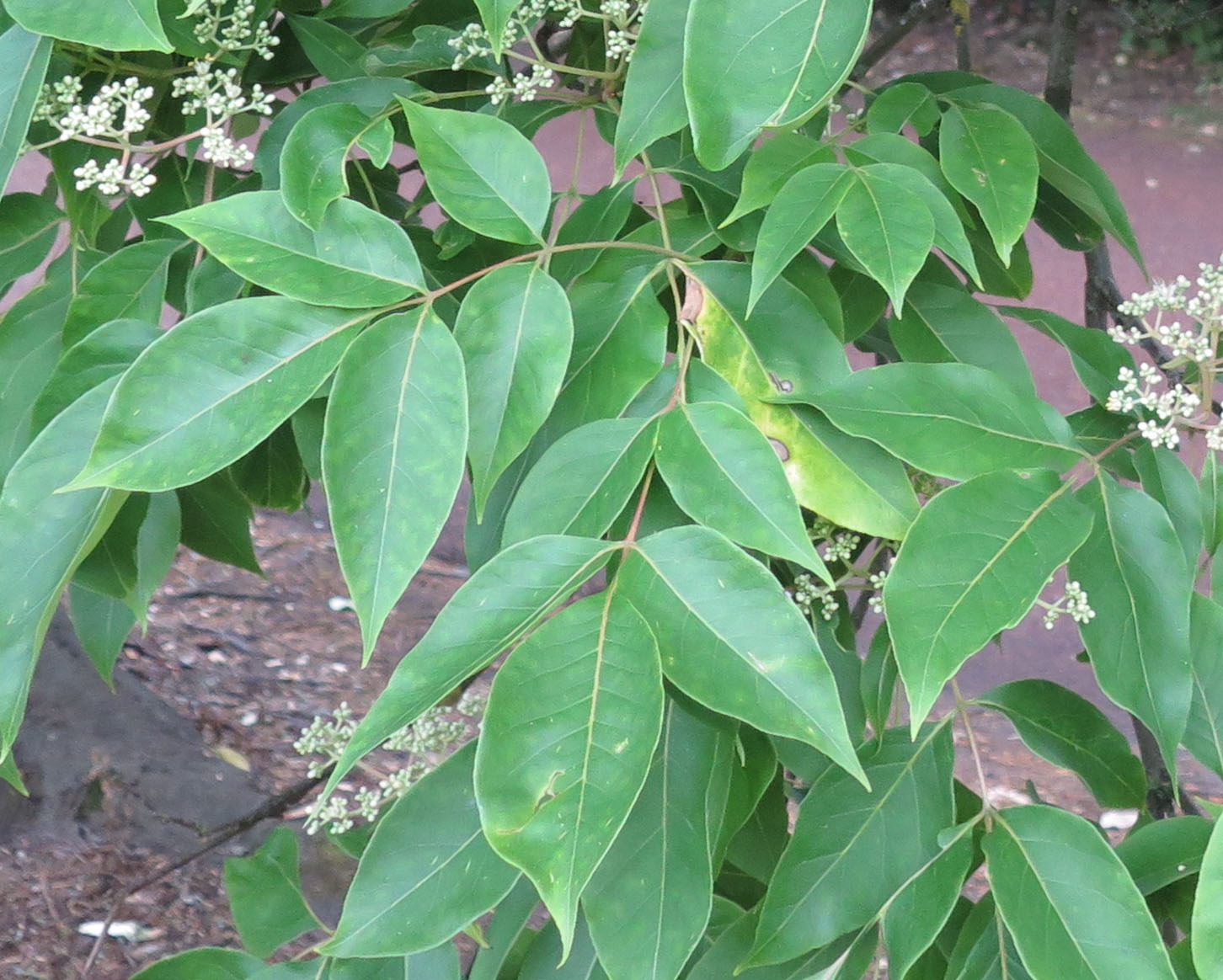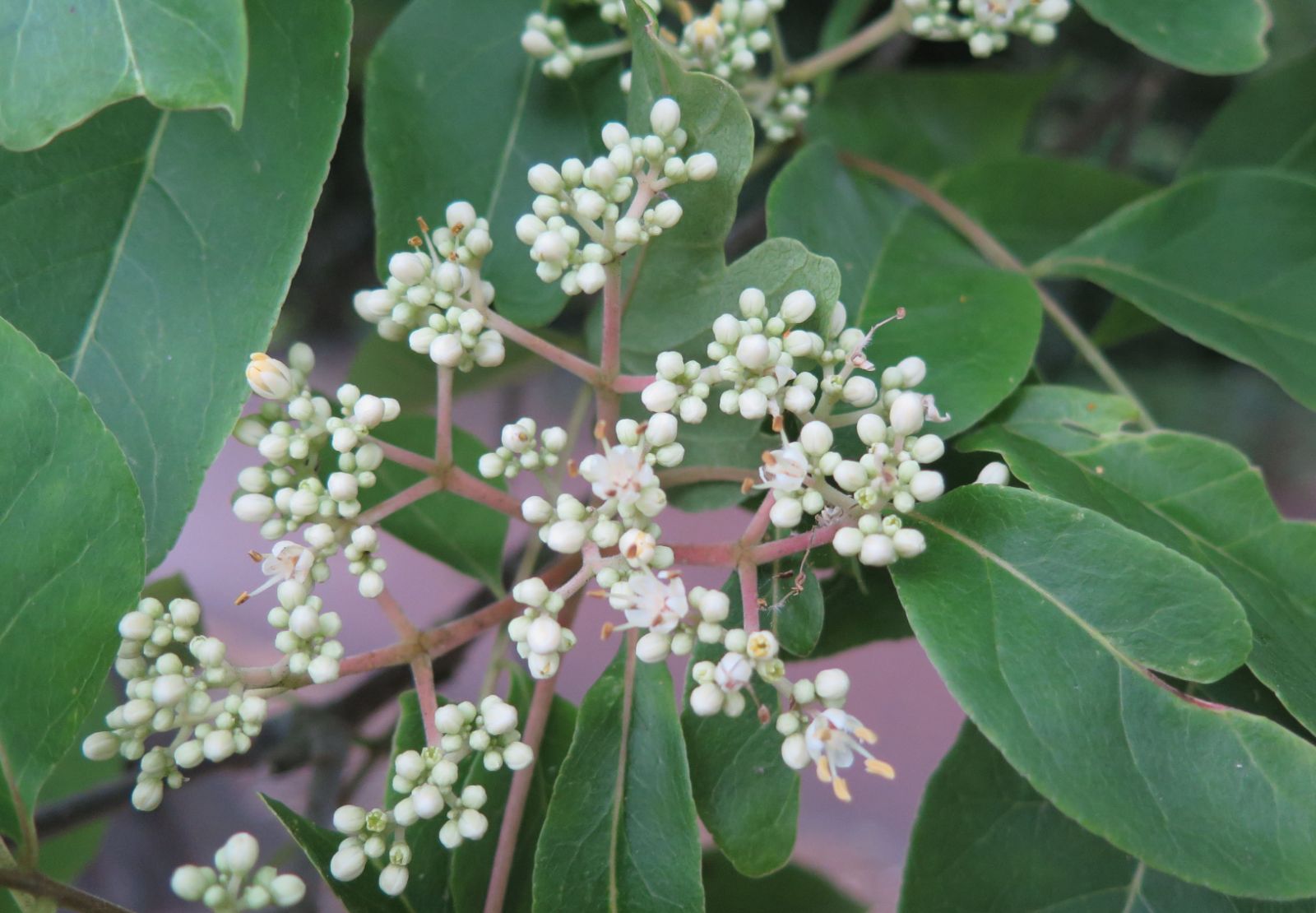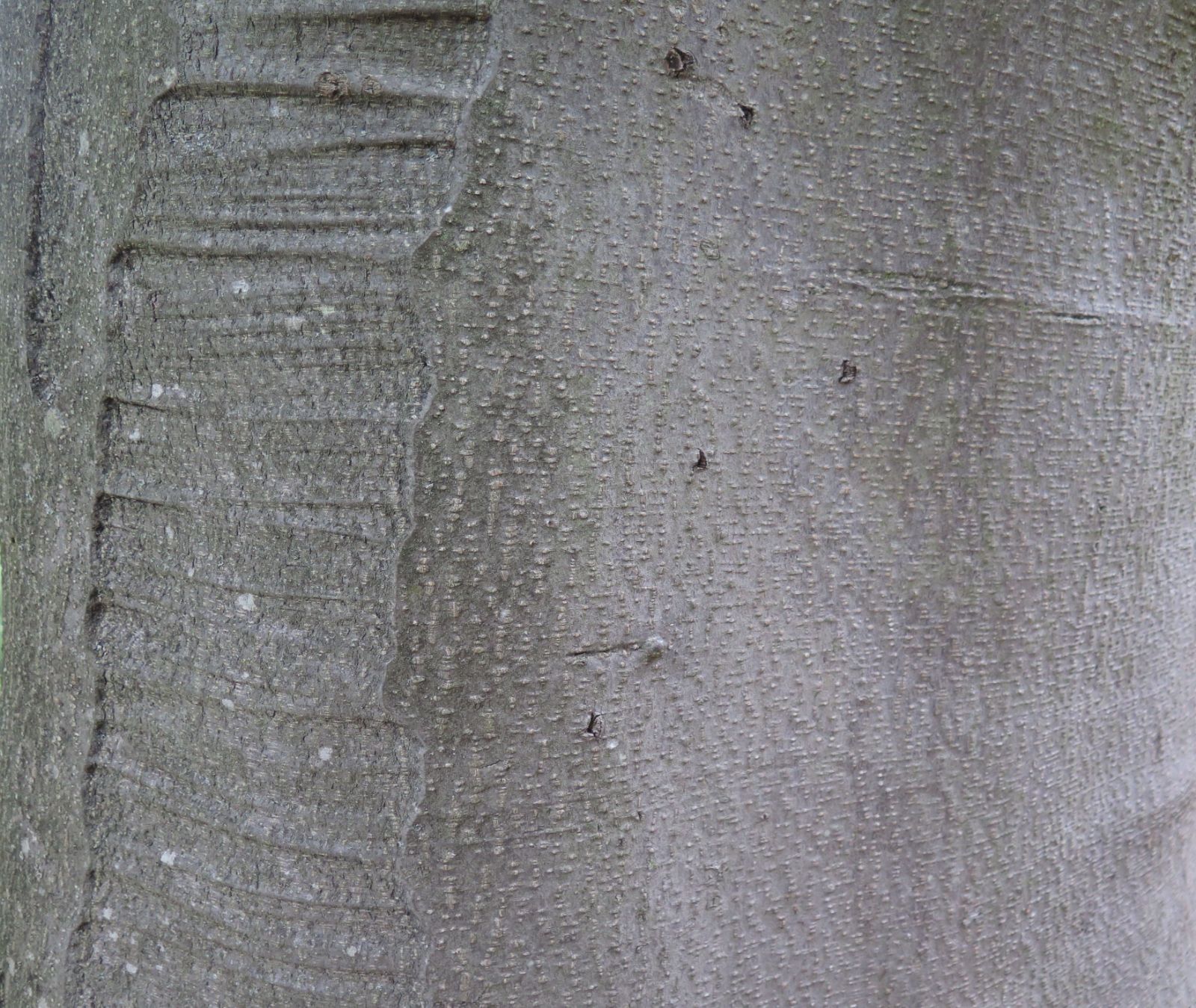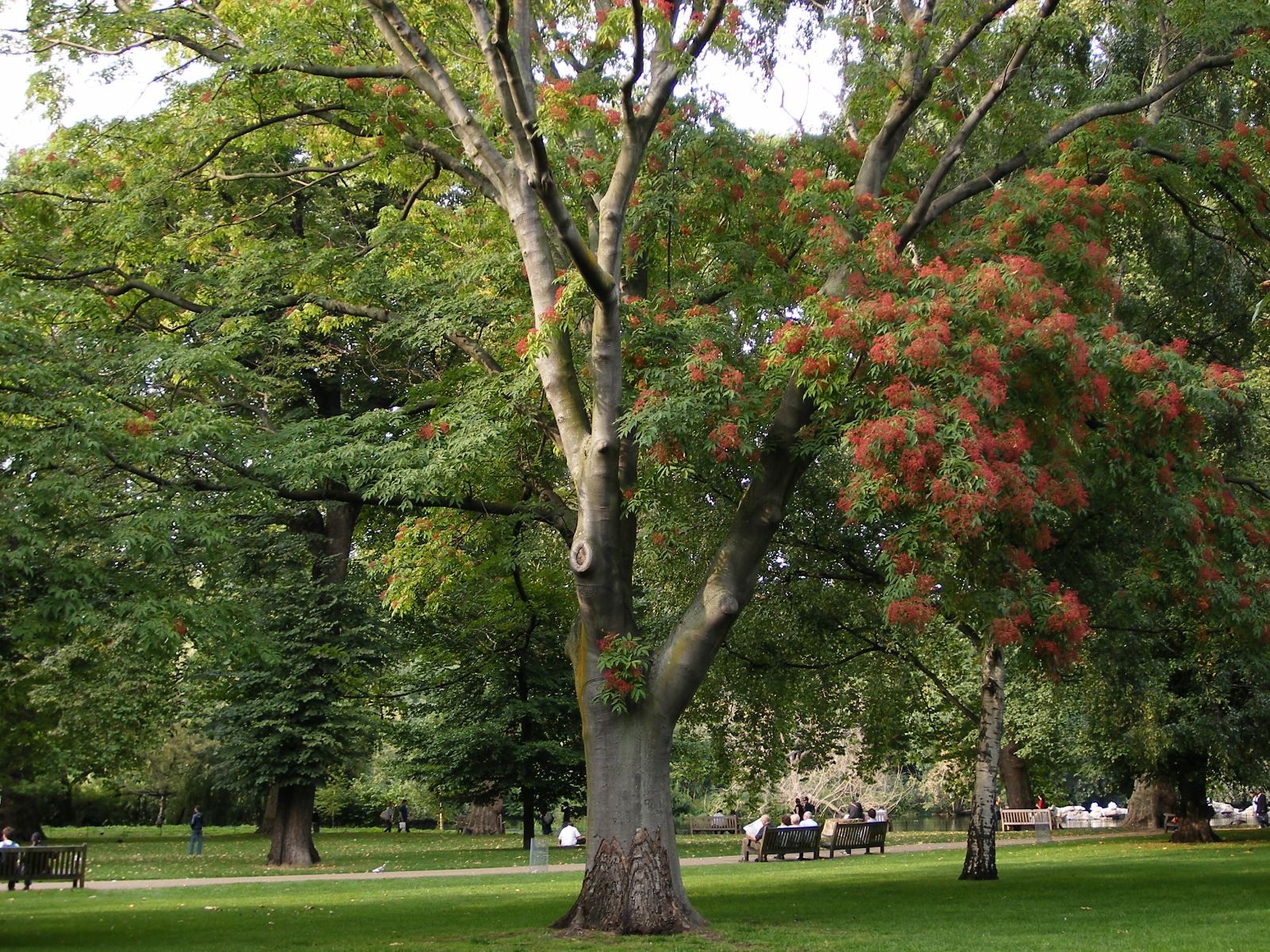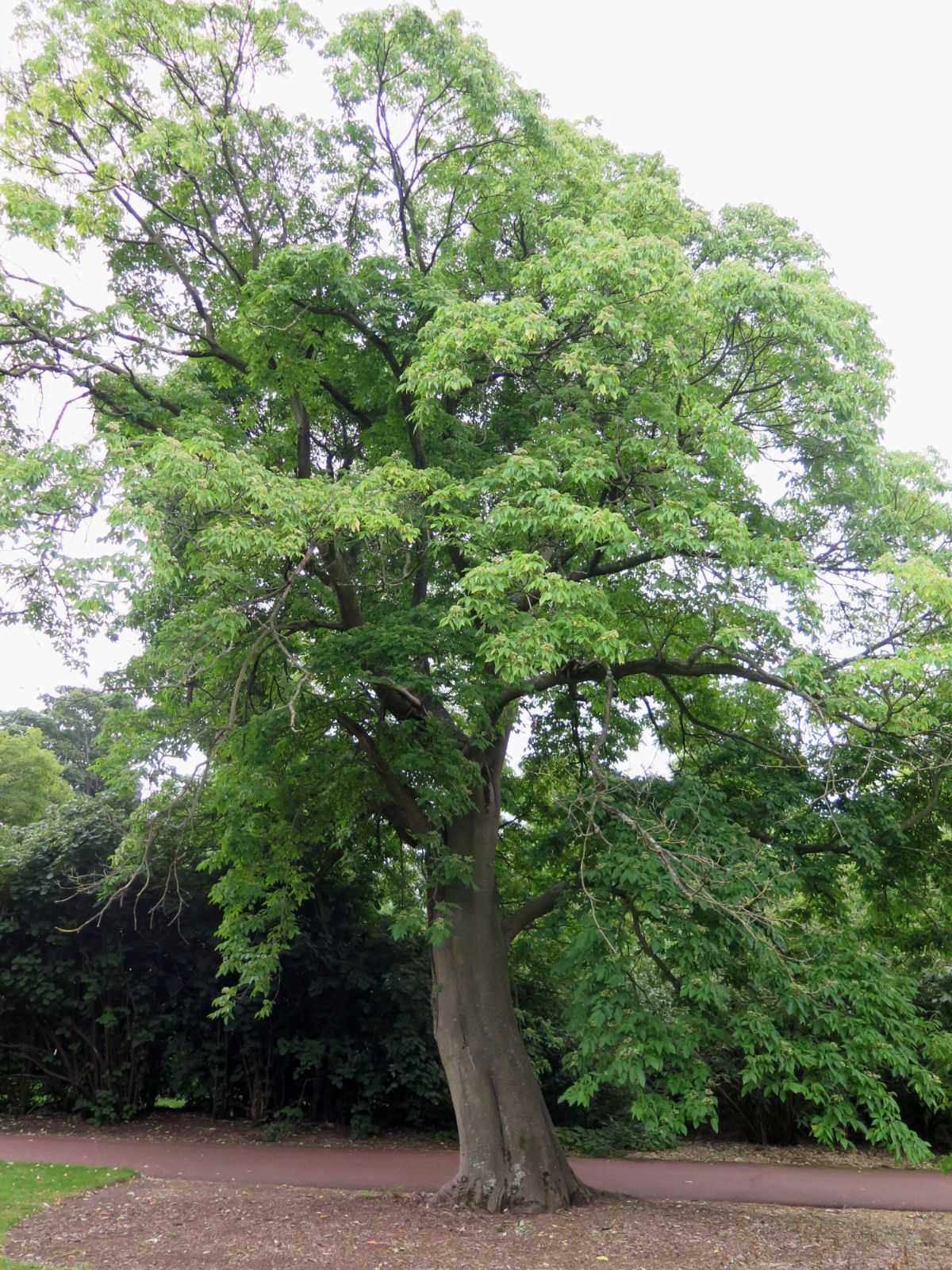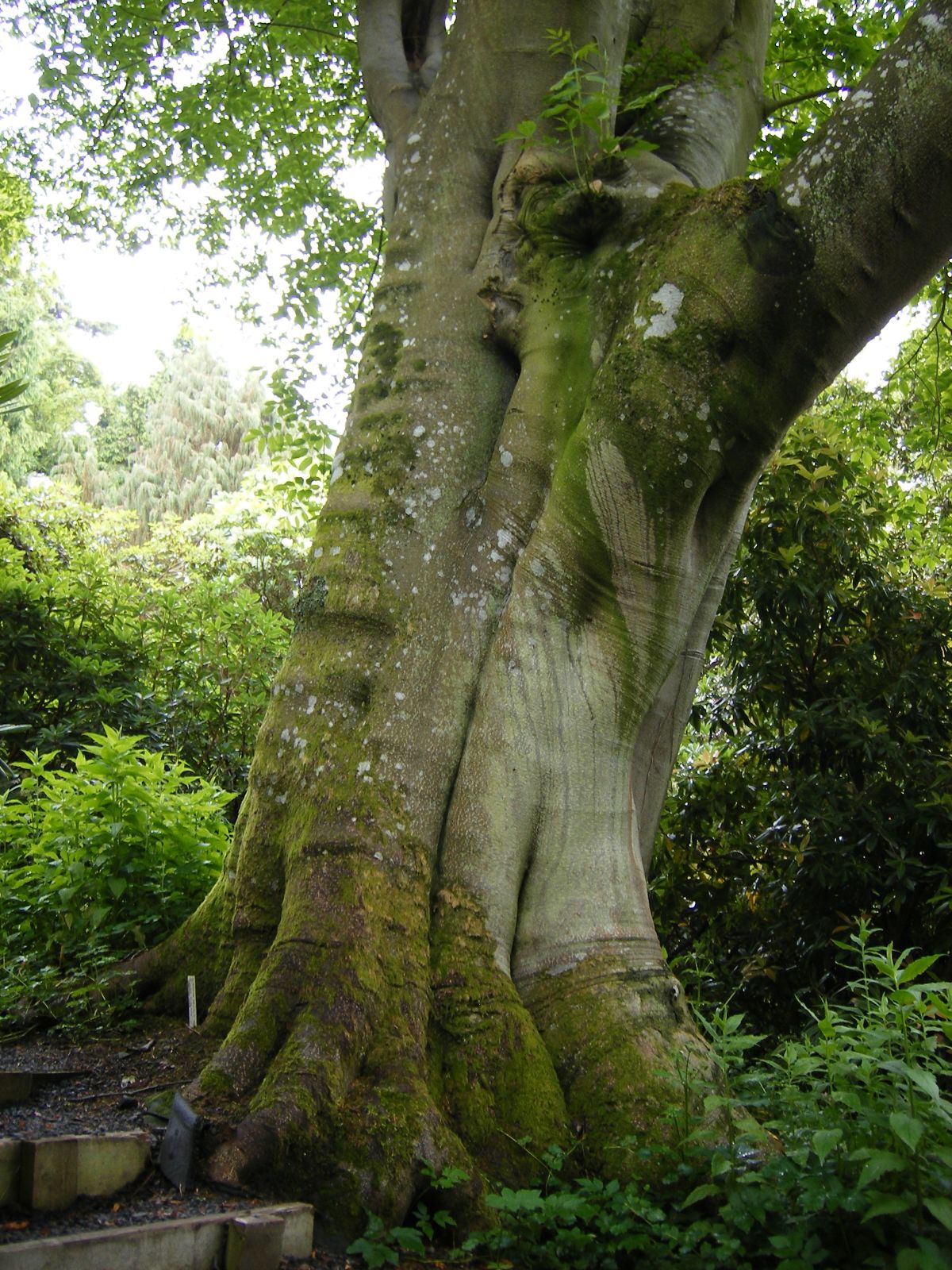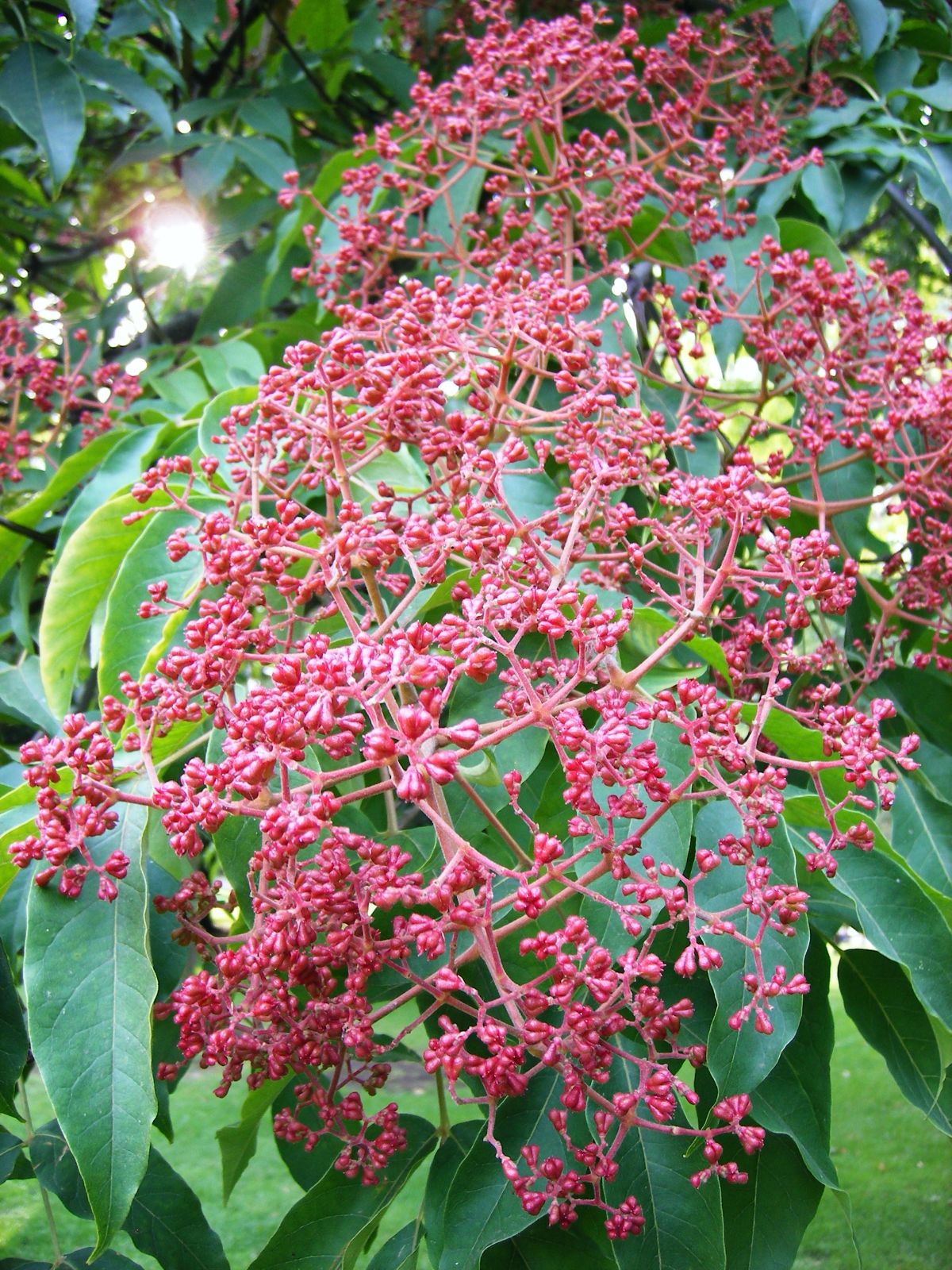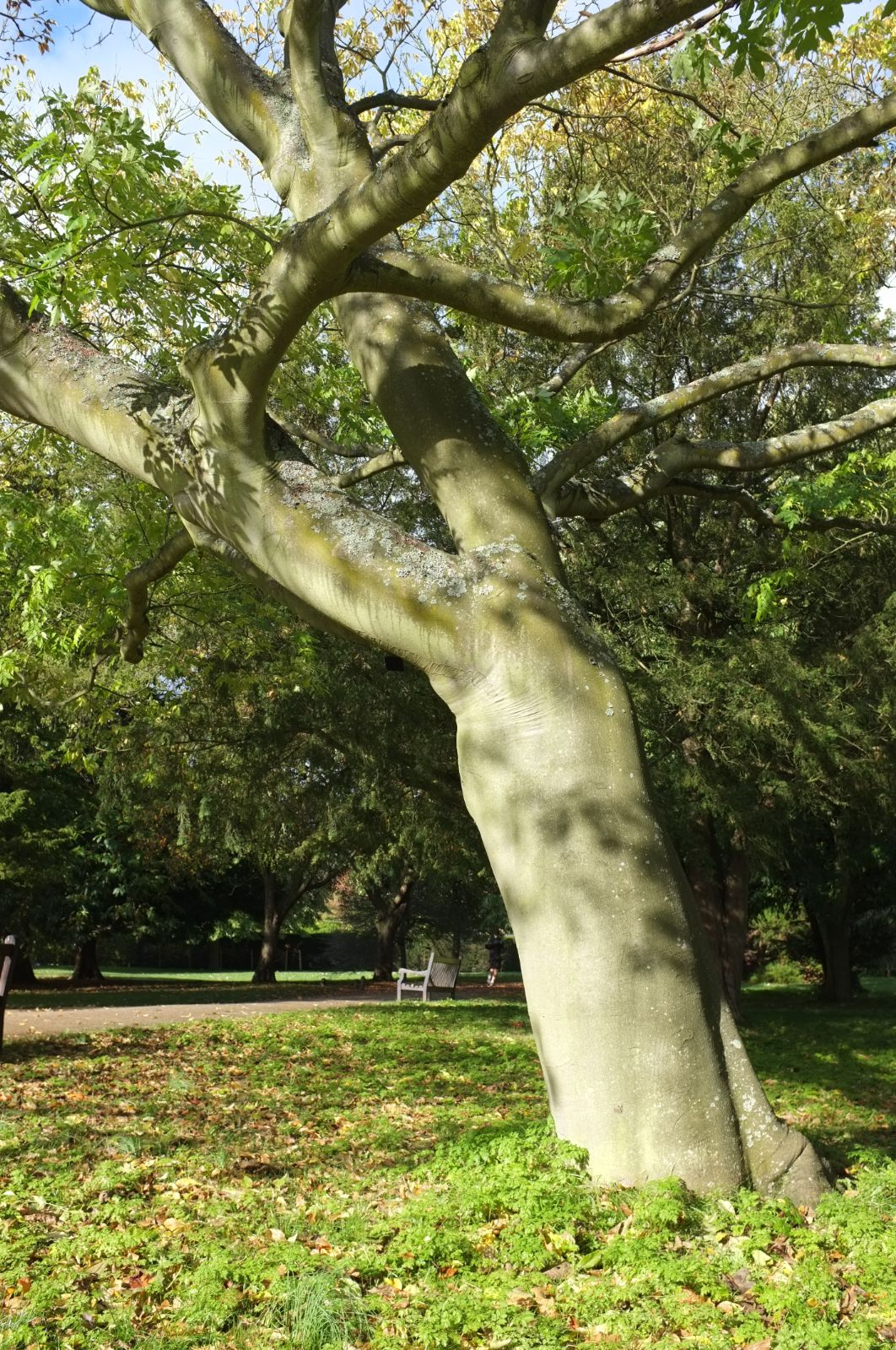Tetradium daniellii
Credits
Article from Bean's Trees and Shrubs Hardy in the British Isles
Recommended citation
'Tetradium daniellii' from the website Trees and Shrubs Online (treesandshrubsonline.
Genus
Synonyms
- Euodia daniellii (Benn.) Hemsl.
- Xanthoxylum daniellii Benn.
Editorial Note
The text below is from Bean (1981) who discussed this tree under its old name Eudoia daniellii (Benn.) Hemsl. Euodia J.R.Forst. & G.Forst. is now considered a largely tropical to sub-tropical genus distributed from Papuasia to Vanuatu; the species W.J. Bean treated in Euodia are now placed in Tetradium Lour., thus: E. baberi Rehder & E.H.Wilson = T. daniellii (Benn.) T.G.Hartley; E. glauca Miq. = T. glabrifolium (Champ. ex Benth.); E. velutina Rehder & E.H.Wilson = T. daniellii (Benn.) T.G.Hartley.
We have placed Bean’s article in the correct genus, under the correct modern name, with appropriate synonymy, whilst we await sponsorship to revise this entry in full. If you would like to support Trees and Shrubs Online by sponsoring this genus please contact the editors.
A small tree to about 50 ft high; branchlets downy when young, becoming reddish brown and glabrous. Leaves 9 to 15 in. long; leaflets five to eleven, ovate to ovate oblong, broadly wedge-shaped to slightly heart-shaped at the base, narrowed at the apex to a slender point, 2 to 5 in. long; glabrous above, downy on the midrib and in the vein-axils beneath. Flowers small, white, borne in corymbs 4 to 6 in. wide. Fruit capsules with a short, usually hooked beak.
Native of N. China and Korea; described from a specimen collected by William Daniell, a surgeon with the British forces stationed at Tientsin in 1860–2; introduced to Kew in 1907 from the Arnold Arboretum, which received seed in 1905 from Korea and in 1907 from Shantung province. The trees at Kew are now 40 to 45 ft in height and very handsome in late summer when few other trees are in bloom and later, too, when bearing their large clusters of purplish fruits.
E. hupehensis Dode – This species is closely allied to the preceding and may be its geographical expression in Shensi and Hupeh, from which province it was introduced by Wilson during his 1907–8 expedition. It is said to differ in its longer-stalked leaflets and the longer beak of the fruit, but these criteria are not reliable. Two notable specimens are: Glendoick, Perths., pl. 1923, 62 × 73⁄4 ft (1970); and Greenwich Park, London, 55 × 71⁄2 ft (1968).
From the Supplement (Vol. V)
specimens: Kew, pl. 1926, 46 × ft (1981); pl. 1934, 33 × 43⁄4 ft (1981), pl. 1936, 46 × 31⁄2 ft (1979); Edinburgh Botanic Garden, 59 × 43⁄4 ft (1985); Crathes Castle, Angus, 40 × 33⁄4 ft (1981); National Botanic Garden, Glasnevin, Eire, pl. 1933, 36 × 4 + 31⁄4 ft (1974).
E. hupehensis – specimens: Chelsea Physic Garden, London, pl. 1960, 33 × 3 ft (1978); Greenwich Park, London, 65 × 91⁄4 ft (1984); Thorpe Wood, Hastings, Sussex, pl. 1935, 36 × 5 ft (1983); Bodnant, Gwyn., 46 × 71⁄4 ft at 2 ft (1981); Glendoick, Perths., pl. 1923, 62 × 73⁄4 ft (1970).

